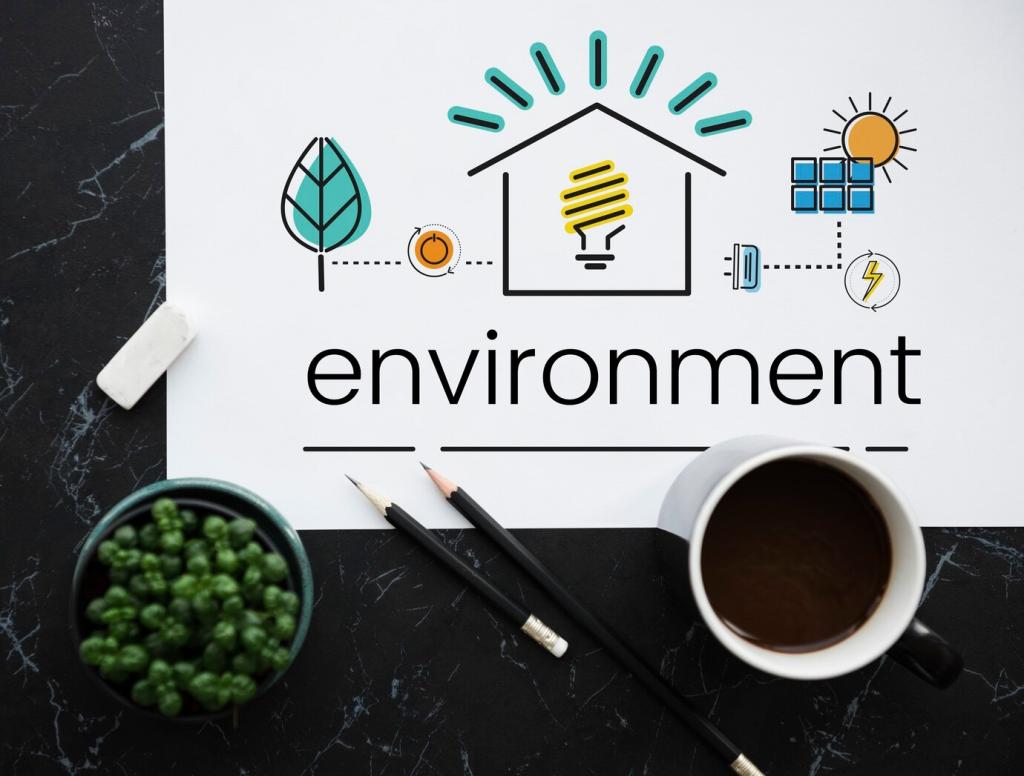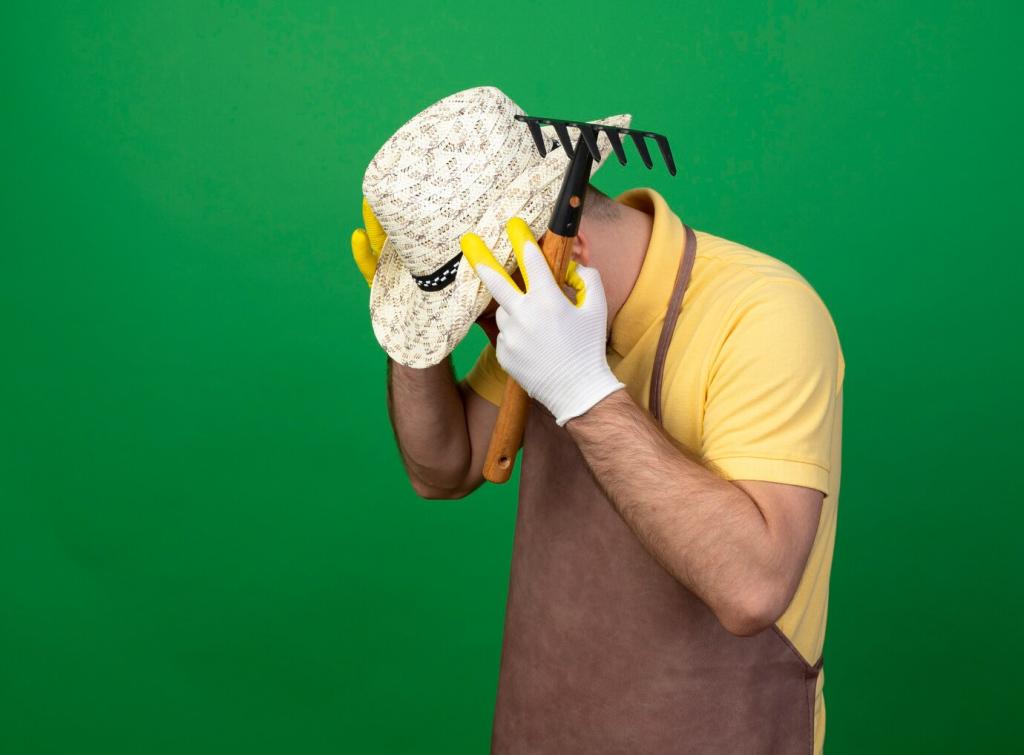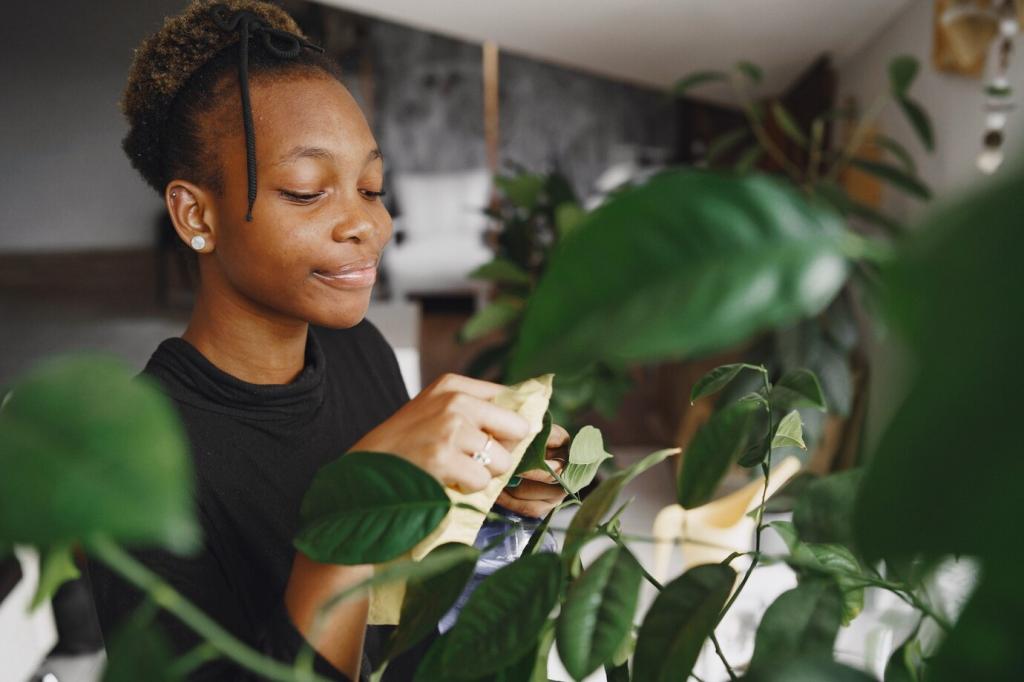Core Principles of Sustainable Wood Restoration
Minimal intervention preserves embodied energy and craftsmanship. Instead of ripping out weathered boards, stabilize fibers, re-adhere loose veneers, and recondition surfaces. Share your toughest “repair over replace” wins and tell us how you justified the choice to skeptical onlookers.
Core Principles of Sustainable Wood Restoration
Choose low-VOC finishes, bio-based solvents, and adhesives with transparent safety data. Look for third-party certifications and scrutinize Safety Data Sheets. Comment with your favorite low-odor products and how they changed your workflow and indoor comfort during long projects.








